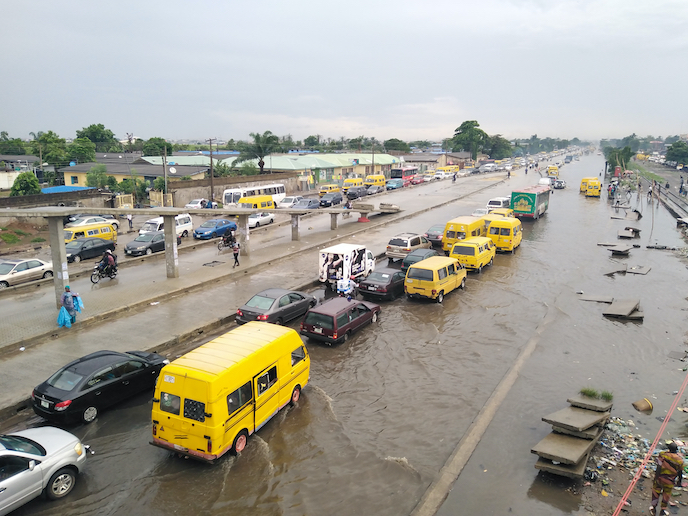Enhancing West Africa’s resiliency against flooding
Flooding is a growing concern in West Africa. As has been made clear by several recent floods, these events often have severe consequences, including loss of lives, displacement of people, disrupted public services and transportation, and damaged property and infrastructure. With climate change expected to increase both the frequency and severity of floods, West Africa has an urgent need for improved flood management. Enter FANFAR(opens in new window), an EU-funded project that brought together EU stakeholders and 35 West African organisations from 17 countries. Their goal: to enhance the capacity of West African institutions to forecast, alert and manage floods. “Access to operational forecasts and alerts is a critical component to helping West Africa address the many challenges of flooding,” says Jafet Andersson, a senior researcher at the Swedish Meteorological and Hydrological Institute(opens in new window) and FANFAR project coordinator. “Not only did we succeed at providing reliable and timely access to flood forecasts and alerts, we did so using distribution channels that ensure the information actually reaches the intended audience.”
Co-developing an ICT system
At the heart of the project is a flood forecasting and alert ICT system that has been deployed across West Africa. Jointly developed by African and European institutions, the system provides users with openly accessible information that has been updated daily since September 2018. “The system uses a hydrological model, whose main function is to predict the effects of rainfall and temperature dynamics on river flows, water levels, soil moisture, etc.,” explains Andersson. Next, the system derives useful forecast and flood risk information. “Typically, a set of flood risk thresholds are specified based on historic or local knowledge,” adds Andersson. “The forecasts are then compared against these thresholds to determine the severity of the situation and the potential flood risk level.” To make sure this information is both useful and available, the project has developed an intuitive, online open access visualisation portal(opens in new window). Here, the user can quickly see an overview of forecasted flood risks – colour-coded according to severity – across the West Africa region. “The system also provides SMS texts and emails alerting users to any forecasted flood risks,” notes Andersson. “This feature has proved very popular with hydrological services, civil protection agencies, and reservoir managers.” The project organised hands-on training on using the system, along with providing user guides, support channels, open-source tools, and other necessary documentation. In total, over 100 people received training.
Saving lives
The FANFAR system has already proved effective. For example, in September 2020, an early warning helped save an estimated 2 500 lives in Nigeria. “The FANFAR warning helped us evacuate five communities near the Jebba Dam before more than 200 houses were destroyed by flooding,” says Aishatu Tani Ibrahim, director of engineering hydrology at the Nigeria Hydrological Services Agency(opens in new window). Later that year, a similar warning allowed water management authorities to release water from Nigeria’s Shiroro Dam before peak water flow occurred. Doing so avoided severe flooding and protected the lives and property of four surrounding communities. “These examples all illustrate the importance of sustaining the operation of the system, and of West African authorities using the information to protect their communities,” concludes Andersson. “However, real change will require not only a good operational forecasting and alert system, but also that broader societal challenges be addressed, such as poverty, trust, security, and legal frameworks.”







